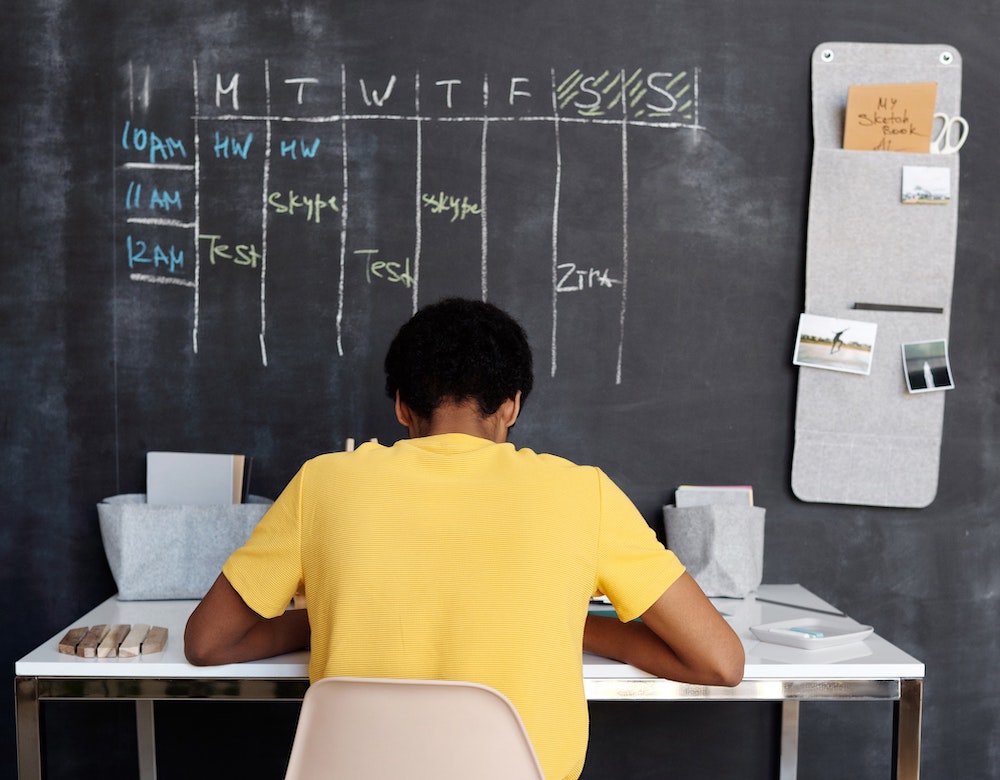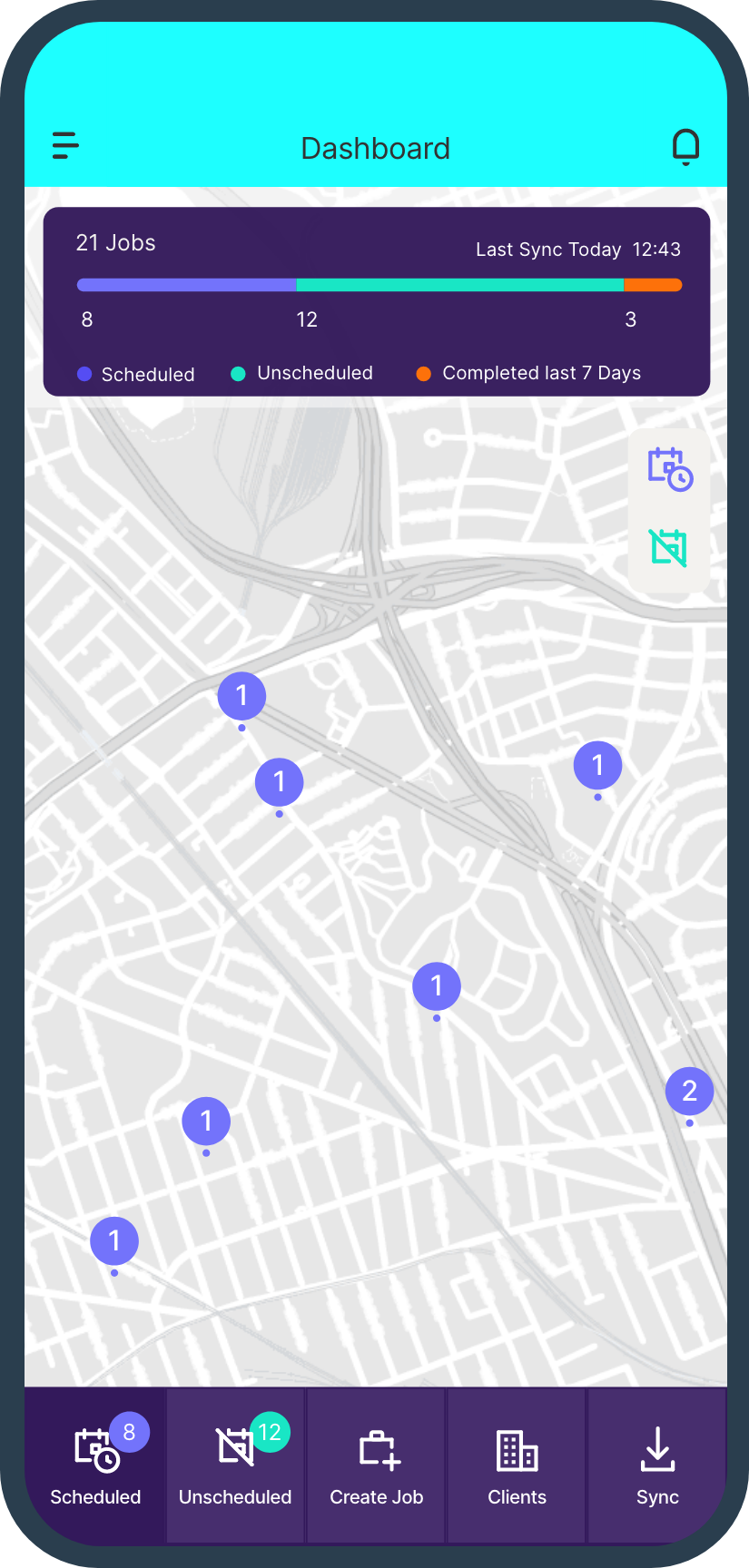In the field service industry, the efficiency of your job dispatching process is paramount. With field staff constantly on the move and a constant influx of new job requests, the need for a well-structured system cannot be overstated. Job dispatching software emerges as the technological savior, effectively replacing the reliance on antiquated tools like Post-it notes, hastily scribbled notebook entries, and whiteboards. This shift towards technology as the central player revolutionizes the way field service businesses operate, be it in plumbing, construction, or facilities management. Moreover, it addresses the common challenge of job amendments and changing details, which can quickly spiral into chaos when managed manually.
Unpacking the Essence of Job Dispatching
Job dispatching lies at the heart of field service workflows. It all begins when a customer initiates contact through various channels like phone calls, emails, or social media, inquiring about quotes or additional information regarding required work on their property. The job dispatching process entails allocating the most suitable resources and technicians for the task, scheduling the work, and ultimately ensuring its successful completion while collecting payment. This process defines the very essence of job dispatching.

Traditional vs. Digital Job Dispatching: A Comparative Analysis
Traditional and digital job dispatching methods differ significantly in terms of processes and efficiency. The most glaring disparity lies in the consumption of time and resources. Digital solutions excel in providing swift communication and the capacity to instantaneously update job details with a mere click or tap. In stark contrast, traditional approaches are laborious and error-prone, especially when reliant on manual note-taking. This can lead to notes being misplaced or misinterpreted, ultimately resulting in costly delays for customers.
Elevating Field Service Productivity through Mobile Dispatching
Given the inherent mobility of field service staff, maintaining real-time visibility into their locations and ongoing tasks becomes imperative for business owners. Digital dispatching offers a holistic view of incoming job requests, facilitating smarter scheduling and workload prioritization. This not only benefits field staff by enabling them to optimize their daily routines but also ensures quicker job completion, which translates into enhanced customer satisfaction.
Streamlining Field Service Workflows with Digital Dispatching
Digital dispatching software effectively eliminates the headaches and stress associated with manual processes. It streamlines entire workflows, creating a seamless experience for both staff and customers. This digital transformation comes with several key advantages:
- Efficient Scheduling and Job Distribution: Quickly assign and distribute jobs, optimizing resource allocation.
- Instant Communication: Facilitate rapid communication between field and office staff, enabling prompt adaptation to last-minute jobs or changes in ongoing tasks.
- Preventing Stock Shortages: Avoid unexpected stock shortages by checking inventory availability in real-time while in the field.
Unlocking the Full Potential: Benefits of Digital Dispatching Software
Beyond workflow enhancements, embracing scheduling software for your business yields a plethora of additional benefits, including:
- Enhanced Collaboration: Foster collaboration between different departments and customers, ensuring a seamless flow of information.
- Improved Job Accuracy: Minimize errors and inaccuracies in job execution, leading to higher customer satisfaction.
- Comprehensive Visibility: Gain complete visibility into the schedules and activities of various teams within your organization.
- Increased Contractor Visibility: Ensure better tracking and management of contractors, enhancing their productivity and accountability.
- Effective Seasonal Planning: Plan for seasonal fluctuations in demand more effectively, optimizing resource allocation.
- Elimination of Manual Processes: Reduce or eliminate manual, time-consuming processes that are prone to errors.
- Precise Staff Attendance and Timekeeping: Keep accurate records of staff attendance and time spent on tasks, improving payroll accuracy.
In Conclusion
In the field service business world, having complete visibility of staff locations and task progress is pivotal. Embracing mobile-friendly job dispatching software not only enhances this visibility but also saves valuable time previously spent on manual tasks.


